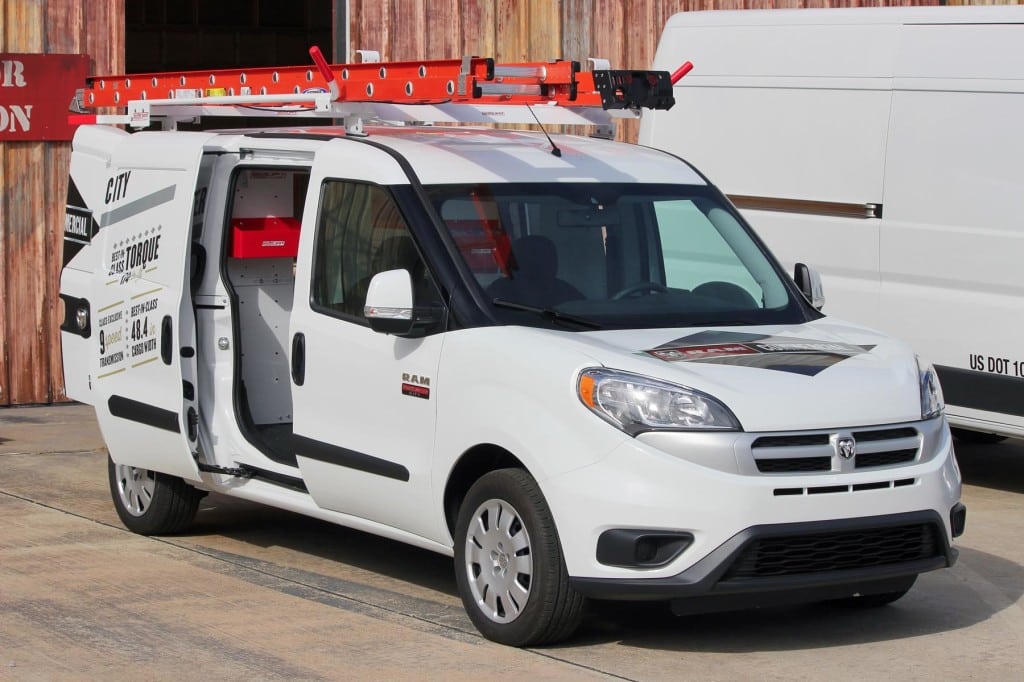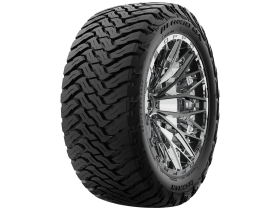Experts predict that personal car ownership will go to the wayside as technology allows more affordable and practical transportation options to emerge. Consumers, instead of purchasing, maintaining and driving their own vehicles, will likely use fleets — perhaps even fleets of autonomous, electric vehicles shared amongst a community.
The problem with this is that fleets can be difficult and expensive to manage. Businesses need to be able to keep track of their vehicles — where they are, what condition they are in, etc. — and they need to be able to do so efficiently to ensure users have consistent access to safe, well-maintained rides. Fortunately, there is more than one way to do this — but some ways are newer and a bit better than others.
Old Methods
It should come as little surprise that older methods for fleet management tend to be low-tech. Fleets of vehicles have existed for much longer than digital technology, and fleet managers have long devised ways to track vehicle location, status, maintenance and more. These days, fleet managers can utilize old methods in a new style, with computers, but they continue to require a quite a bit of time and effort.
Well-organized records are a must. In physical file folders or in digital files stored on a computer or server, fleet managers need to store information on every vehicle in the fleet. These records should be uniform, to make searching them faster and simpler, and they should contain detailed data to identify cars and keep managers informed.
Next, managers make abundant use of calendars — either hand-written calendars kept on desks or walls or digital calendars programmed with regular alerts. All vehicles require regular maintenance, but fleet vehicles especially need to conform to a maintenance schedule, or else they are prone to break down in the midst of their duty. Calendars are also useful for reminding managers about registration and insurance renewal deadlines, so they can be proactive and avoid late fees (or worse).
Finally, open communication has long been among the most crucial methods for fleet management. Fleet managers who has a direct line to drivers is better able to address unexpected issues and keep their fleet organized than managers who have little or no communication with the users of the vehicles. Unfortunately, more and more fleets are losing this communication — and they are filling in the gaps with newer management solutions.
New Methods
As fleets become more numerous — and as fleets slowly lose contact with managers and owners, as is often the case with ridesharing and carsharing platforms as well as the eventual SAEV — B2Bs are developing high-tech solutions for monitoring fleet location, status, condition and more. GPS trackers installed on vehicles allow managers to verify where vehicles are in real time; extra bells and whistles, available from sites like zurichcc.com, allow managers to observe driving habits, fuel purchases, fuel economy and more. Some tools also include in-cab cameras and microphones, allowing dispatchers or fleet managers to see and speak with drivers regardless of their location.
While large or well-endowed fleets might be able to develop high-tech solutions in-house, creating proprietary software, most fleets must take advantage of prefab solutions developed and managed by tech companies with more skill and resources in the field. While this will likely require an ongoing expense — a subscription to the monitoring software as well as rental fees for any hardware installed in vehicles — it also means consistently updated and upgraded tools.
Using exclusively older methods for fleet management will cramp wrists and cause untold mistakes, the inevitable results of human error — but relying only on new methods will likely provide incomplete records that don’t stretch back to the beginnings of the fleet. The main benefit of old methods of fleet management is that they are easily accessible by almost anyone who owns or manages a fleet, given that anyone can note down vehicle identification numbers and craft a maintenance schedule. However, as fleets become less accessible to managers, newer methods that leverage remote technologies will become key.
Digital fleet management solutions are more convenient across the board, and they are rapidly becoming imperative tools for fleet managers in all industries. Though older fleet management methods are simple and useful, managers need to adapt their strategies to leverage new tools, especially as fleets change in scope and size.







